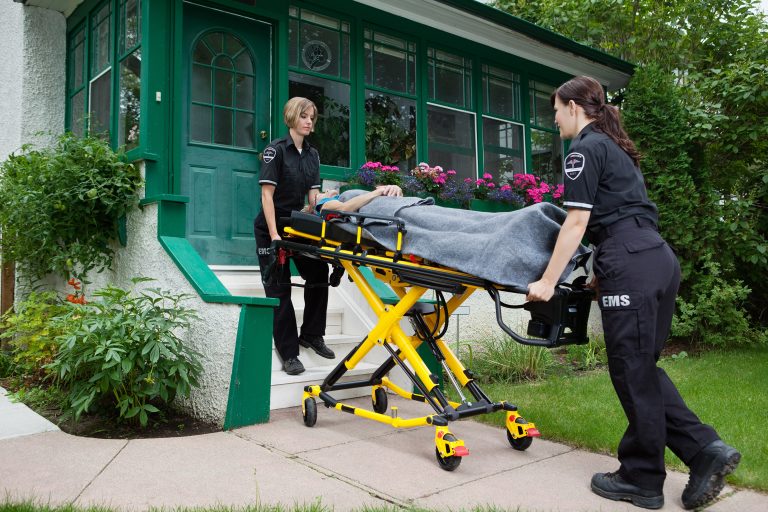All In A Days Work
EMS (Emergency Medical Services) personnel are exposed to a range of hazards and dangers in the line of duty, from physical and mental stress to exposure to infectious diseases and violent incidents. In this article, we will explore some of the key dangers to EMS personnel and the steps that can be taken to mitigate these risks.
- Physical and Mental Stress: EMS personnel are often required to work long hours in high-stress environments, which can lead to physical and mental exhaustion. This can result in health issues such as fatigue, sleep disorders, and mental health issues such as anxiety, depression, and PTSD.
- Exposure to Infectious Diseases: EMS personnel may be exposed to a range of infectious diseases in the course of their work, including COVID-19, hepatitis B and C, and tuberculosis. This can occur through direct contact with bodily fluids or inhalation of airborne pathogens.
- Chemical and Environmental Hazards: EMS personnel may be exposed to a range of chemical and environmental hazards, including exposure to hazardous materials, biological agents, and extreme temperatures.
- Violence and Aggression: EMS personnel may be exposed to violent incidents or aggressive behavior from patients or bystanders, which can pose a serious risk to their safety and well-being.
- Traffic Accidents: EMS personnel may be involved in traffic accidents while responding to emergency calls, which can result in serious injuries or fatalities.
Mitigating Dangers to EMS Personnel
To mitigate the dangers to EMS personnel, there are several steps that can be taken, including:
- Proper Training: Comprehensive training is critical to ensuring EMS personnel are prepared to handle the physical and mental demands of the job, including strategies for managing stress and dealing with violent incidents.
- Personal Protective Equipment: EMS personnel should be provided with high-quality PPE, including gloves, masks, gowns, and eye protection, to reduce the risk of exposure to infectious diseases.
- Health and Wellness Programs: EMS agencies should implement health and wellness programs to support the physical and mental health of their personnel, including access to counseling and other support services.
- Adequate Staffing: Adequate staffing levels can help to reduce the physical and mental stress on EMS personnel and ensure that they are able to perform their duties effectively and safely.
- Improved Safety Protocols: EMS agencies should implement improved safety protocols to reduce the risk of violence and aggression, including situational awareness training and de-escalation techniques.
EMS personnel face a range of dangers and hazards in the line of duty, from physical and mental stress to exposure to infectious diseases and violent incidents. By providing comprehensive training, high-quality PPE, health and wellness programs, adequate staffing, and improved safety protocols, EMS agencies can help to mitigate these risks and ensure the safety and well-being of their personnel.

The safety of EMS (Emergency Medical Services) personnel is critical to ensuring their ability to perform their duties effectively and provide quality care to patients in need. EMS personnel face a range of hazards and risks in the line of duty, from exposure to infectious diseases to physical and mental stress. In this article, we will explore some of the key factors that impact the safety of EMS personnel and the steps that can be taken to improve their safety. EMS personnel play a critical role in responding to emergencies and providing care to those in need. To ensure their safety and well-being, it is important to understand the hazards and risks they face and take steps to mitigate those risks through comprehensive training, high-quality PPE, health and wellness programs, adequate staffing, and improved safety protocols. By prioritizing the safety of EMS personnel, we can ensure that they are able to perform their duties effectively and continue to provide critical services to our communities.
